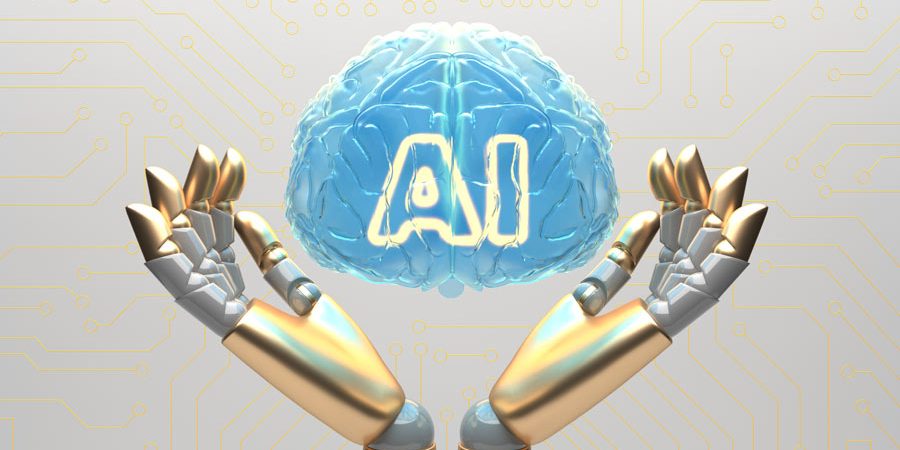Top Cloud Mining Software: The Best Companies for Bitcoin and Cryptocurrency Mining
Cloud Mining At the top of our list, this sofware has become increasingly popular among cryptocurrency enthusiasts who want to mine cryptocurrencies independently without dealing with the hassles of hardware installation, maintenance, and electricity bills. If you are interested in cloud mining, we have compiled a list of the top cloud mining software currently available on the web, which are legitimate and reliable. IDMining Being one of the oldest cloud mining companies in the industry, IDMining was established in 2016. With five mining farms around the world and members in over 200 countries, IDMining offers affordable and reliable cloud mining services for Bitcoin and other cryptocurrencies. Genesis Mining Genesis Mining is one of the largest cloud mining companies, offering bitcoin and alternative cryptocurrency mining. The platform offers shrewd and simple investing options, and with the hash power you own, you can mine several coins at once. BeMine This mining software offers its services across Russia and the CIS and was one of the pioneers in the cloud sharing of ASIC miners. Users can buy and store mining equipment without having to be present for the purchase, transportation, installation, configuration, and maintenance of ASIC. ECOS ECOS is the first cryptocurrency investment platform with a specific ecosystem for all digital asset instruments and products. The company offers cloud mining services for Bitcoin, and it is one of the top cloud mining companies in the industry, serving more than 90,000 customers worldwide. Hashing24 As one of the most popular cloud mining platform for Bitcoin cryptocurrency, Hashing24 had to be on the list. The platform offers no set contracts, and customers can independently choose the hashing power and payment method. HashShiny This software is a cloud mining solution for Bitcoin that is simpler and more secure to use. The company HashShiny claims to have created the best cloud mining platform in the world, combined with cutting-edge deployment technologies. HappyMiner HappyMiner is a registered cloud mining company established in the US in 2018. The company holds industrial properties with a sizable tech park of specialized Bitcoin mining machines, similar to any recognized hash provider. Hashmart Offering contracts for mining Bitcoin and Ethereum from data centers in Siberia is just one of the things that lands a spot for Hashmart on the list. The platform makes use of technologies produced by business titans and provides straightforward and understandable information. Cudo Miner This software allows users to mine cryptocurrencies with total control over each device and a comprehensive overview of mining farms in one location to help users make wise decisions. With Cudo’s novel technology, mining farms can increase earnings and reduce manual involvement. Kryptex Kryptex is a company that mines cryptocurrencies and pays its users with bitcoins or actual money. To do complicated distributed bitcoin computations, Kryptex pools the processing power of thousands of computers. Cryptocurrency mining is no easy task but with Kryptex running in the background, you’ll be getting paid for your computer’s work.












